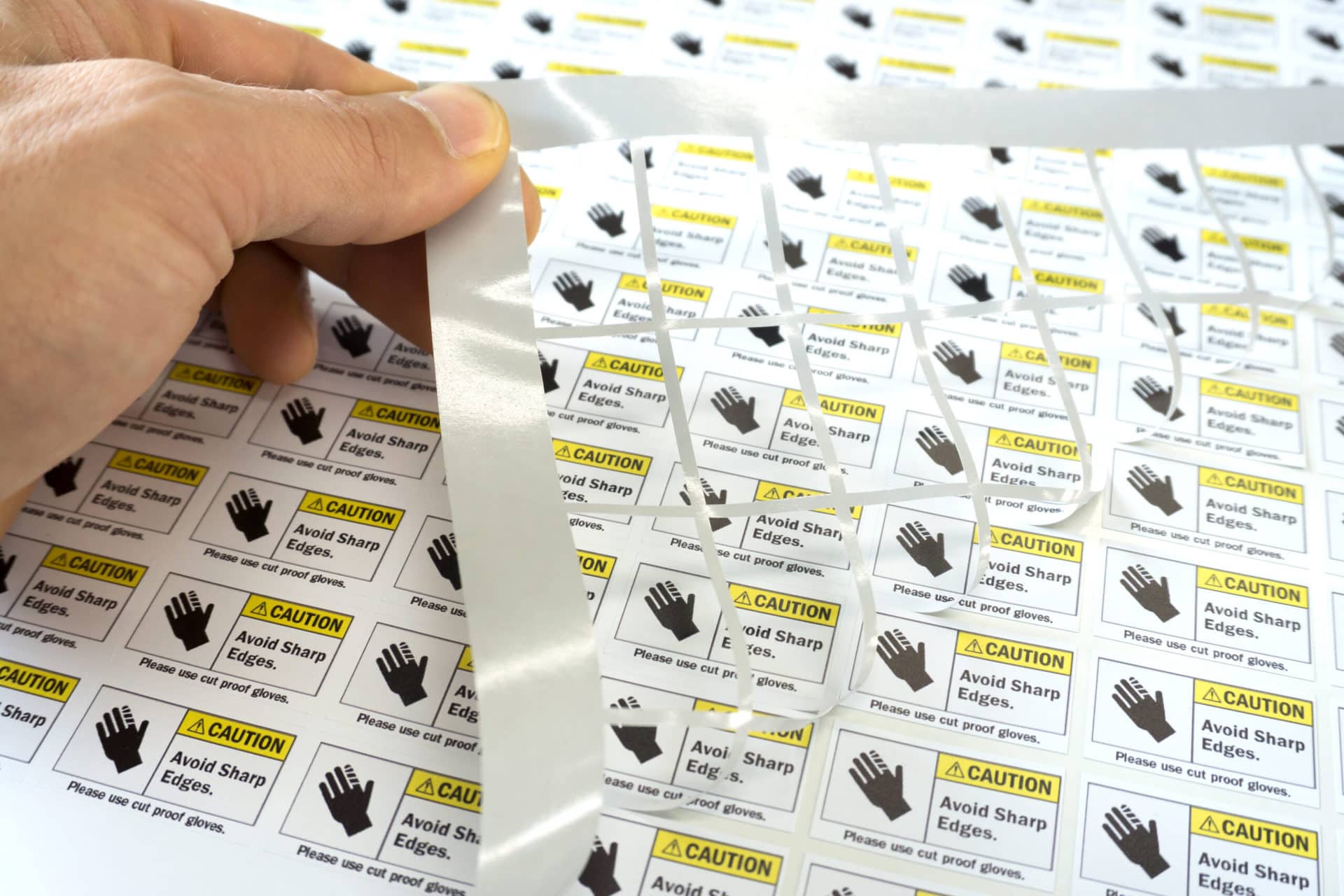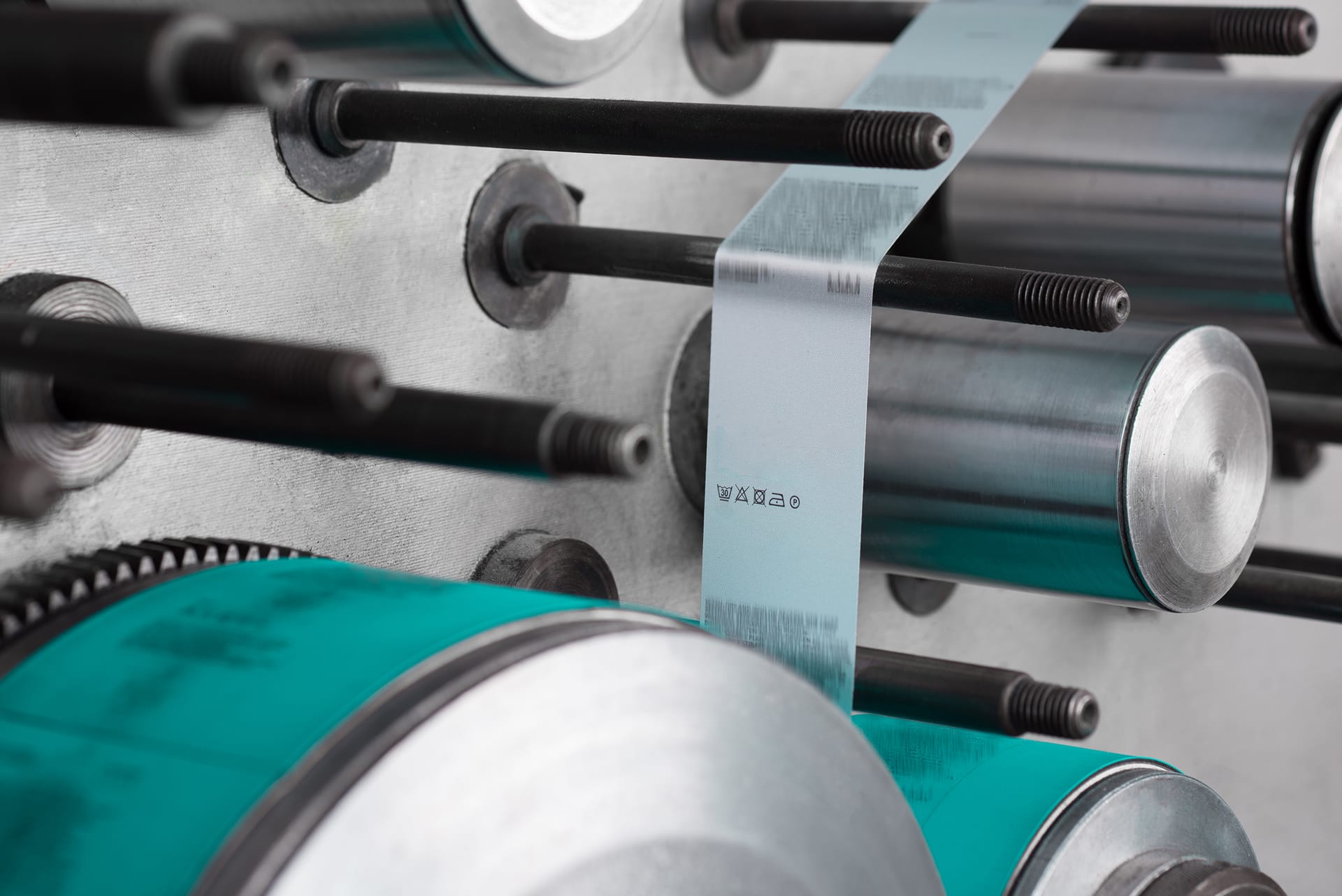
Powerful Label Printing Software - Powered by Microsoft
PrintVis presents a powerful MIS solution specifically for the label manufacturing industry. PrintVis is Certified for Microsoft Dynamics, the proven ERP platform trusted by millions of users worldwide.
Label converters finally have an affordable, flexible and complete ERP solution with full print-centric functionality to manage every stage of their business, from the first quote until the job is produced and delivered to the customer – including a total financial package and robust business intelligence from Microsoft, on prem or in the cloud. Ask yourself how many other label printing software systems are this complete?
PrintVis will help you manage all the steps of production for both long-repeat and short-custom runs on offset, digital and any other type of printing press. This includes detailed materials management and the control of complex variable data.
Label printers around the world have used PrintVis to achieve printing efficiency – beginning with the optimization of data and its subsequent distribution. In a successful operation, an expansion of the data transfer channels should eventually result, easily handled by the powerful system that is Microsoft Dynamics.

Addressing the Label Printers’ Specific Requirements
Label manufacturers share the same basic concerns as other branches of commercial printing: The need for waste reduction, cost management over raw materials, effective measurement of performance, and the maintenance of a profitable and innovative operation. All of these add up to control of your process.
Label printers may ask, “How can I optimize my production? How do I run more jobs more efficiently, more profitably, without a loss of quality, thereby risking loss of customer loyalty?” Certainly, the rise of digital technology is having a profound influence on all these considerations.

Diecut Label Printing
Detail of Label Information
Detailed information is stored for each label individually, including which clichés/plates, colors, paper, dies and even finishing information, such as rollup, folding or cutting method are applied to the label.
Furthermore, information on bobbin and roll-up size is stored for production security. In short, all vital information for a label is stored centrally, to avoid errors in production.
Dies
Diecut label printing frequently occurs in a single, in-line process. As many custom labels require kiss-cutting/die-cutting, it is essential to handle dies and cylinders with a high level of detailed information, which is naturally also included in PrintVis.
The die setup offers a comprehensive range of possibilities, including a teeth-count on the cylinder size, punch thickness, shapes and much more. Further, you are able to create dies, and apply different statuses for them. For instance, some dies are stored in your local archive, some in the basement and some no longer even exist other than in your electronic database (for quoting purposes only) to let you know that a certain die must be purchased when it comes time to order.
Want to see how PrintVis’ features can bring value to your business? Book a free demo to get your tailored introduction to PrintVis.

Digital Label Printing Software
Did you know that label converters in North America report a nearly 30% average downtime for their conventional presses? That’s a huge number! And the #1 factor contributing to those idle machines? Excessive short-run work. Presses are frequently stopped due to increased job changeovers and make-readies.
Print companies specializing in label production often employ flexography (“flexo”) as their primary method. Flexographic prints are created by using a positively mirrored master of the desired image as a 3D relief in a rubber/polymer material.
While flexography (as well as screen printing) has been the primary production methods for label in years past, the advent and rapid improvement of digital presses (both inkjet and laser) has allowed label printers to print either a single label or thousands with quality and agility, even adding variable data information to each item. Significant time is also saved in both pre-press and post-press, where the need to set up and wash up anilox rolls, inks, plates, etc. is eliminated.
Flexo and screen are of course still viable options which can, depending on the run size, be more cost-effective than digital printing. But there is no question that digital production methods are rapidly becoming the norm.
The ease with which digital presses can produce custom labels in any quantity, with excellent color and detail, has also been a game-changer for many upstart businesses in various sectors (such as craft breweries or boutique designers). They can now compete in the marketplace with attractive labeling for their products, no matter how small the quantity.
